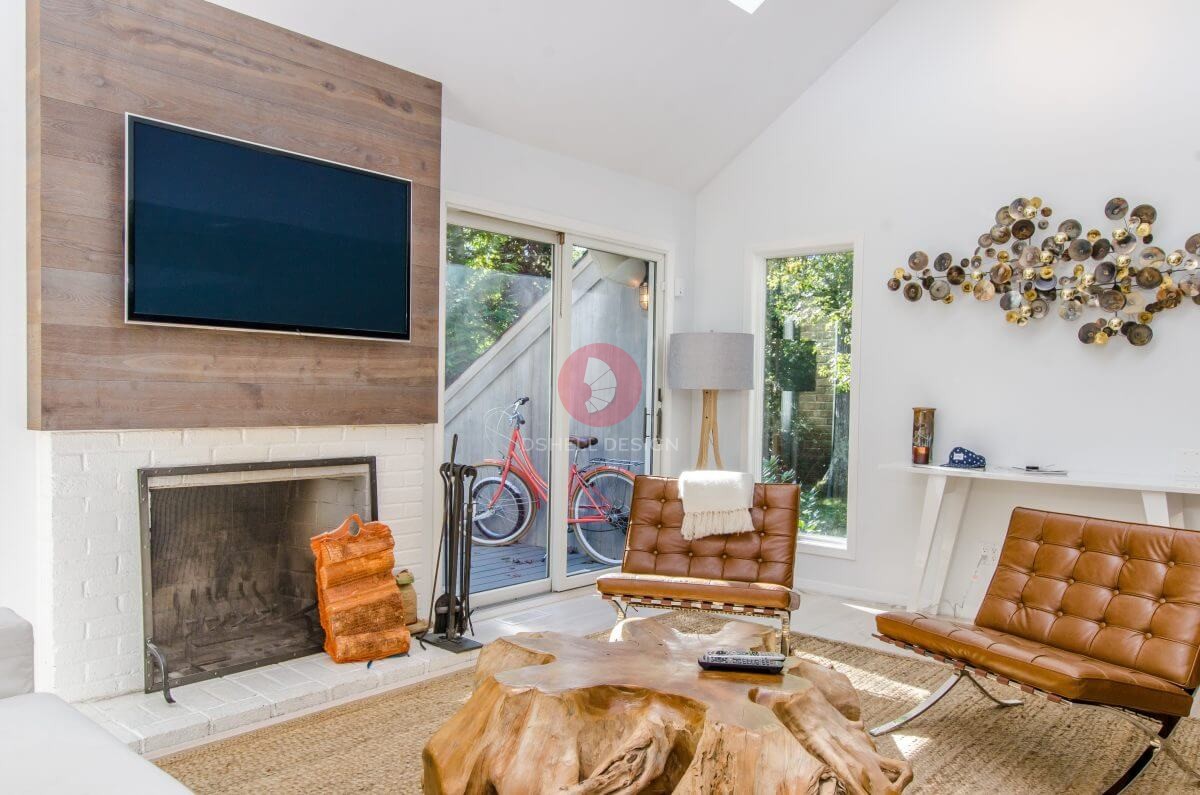
Is There A Difference Between Interior Designers & Interior Decorators?
Many people confuse the terms “interior designer” and “interior decorator,” but the two jobs are really very different and there is a huge difference between interior designers & interior decorators. Suppose, you’ve chosen to make some adjustments at home, and you’ve realized you’ll need some assistance. When you start looking for prospective services, you discover that some specialists call themselves interior designers, while others call themselves interior decorators. You’re suddenly confronted with new inquiries, such as “What’s the difference?” “Which one do I require?” is a more pressing question. Here in this article, we shared the information for the difference between interior designers & interior decorators.
So, if you want to know what differentiates an interior design service from an interior decorator, you have landed in the right place. In simplified form, we can say that Interior decorators do not participate in the design process, whereas interior designers do.
Who is an Interior Designer?
An interior designer can assist you with redesigning any space in your home, providing remodeling advice, or working with your builder and architect to construct a custom home that meets your needs, lifestyle, and aesthetic. An interior designer offers a variety of services, from expert advice to implementation. You can choose an interior designer who can help you reach any style and budget; most can deal with a variety of design trends and styles. In this article, we’ll show you how to find the appropriate one for you. Also, how to get the best interior design service.
The job of an Interior Designer?
- Blueprints reading.
- Creating a design plan, including illustrations, by hand.
- Fire and building codes should be well studied.
- Taking inventory of current furnishings and acquainting yourself with the space.
- Meeting with clients and assessing the scope of work that has to be completed.
- Making a schedule of what needs to be done in order for the place to be used.
Who is an Interior Decorator?
An interior decorator is a person who is mostly hired by homeowners who want to renovate their space on a tight budget or with do-it-yourself projects. An interior decorator’s task is to choose the elements of an interior space that best match the client’s needs. An interior decorator has a variety of approaches to select from when it comes to designing a room. Fabrics, flooring, furnishings, paint, lights, fixtures, and accessories are some elements used by a decorator. Also, they are well-versed in color schemes and design principles, etc.
The job of an Interior Decorator?
- Developing a house design plan, which includes floor plans, colour palettes, and furniture placement.
- Consultation with clients to determine their requirements and preferences.
- Furniture, accessories, and window coverings shopping.
- When it comes to decorating for clients, being really creative and distinctive is essential.
- Creating a task schedule.
Just looking at these two job descriptions reveals that interior decorators are more concerned with the home’s appearance than with building practical areas based on comprehensive blueprints and drawings.
Points of Differentiation between the two Professions- Difference between interior decorator & interior designers
There are several points that give you a better understanding to differentiate between both these two professions. Here get the list of a few points which get you the best knowledge of the difference between interior designers & interior decorators.
Schooling and Education
Interior design is a specialized field that requires professional education and skills. Color and fabric research, computer-aided design (CAD) training, drawing, space planning, furniture design, and architecture are all common tasks. Designers often work as apprentices for a recognized and established interior designer after graduation before starting their own businesses.
Interior decorators do not necessarily have official training or schooling in order to perform professionally because they mostly focus on aesthetics and do not assist in restorations or structural planning. After the structural planning and execution are accomplished, a decorator is brought in to focus on space’s surface appearance.
Credentials
Interior designers are required to pass an exam and register with a governing council (which one depends on which country and state/province they are in) in some states and provinces before they can call themselves designers.
In the case of an interior decorator, there are numerous programs and courses available. Color and fabric, room layouts, space planning, furniture types, and other topics are frequently covered in these classes. C.I.D. (Certified Interior Decorators International) certifications provide education and certification to enable decorators to validate their practices.
What they are up to
Interior designers are familiar with spatial planning and can assist in the design and renovation of interiors, from the first floor plans to the final decorative accent. Designers don’t merely improve a room’s appearance; they also improve its functionality.
Interior decorators have the ability to enter an area and transform it visually. They can assist clients with deciding on a style, selecting a color scheme, purchasing furniture, and accessorizing new areas. They’re also frequently hired to spruce up an existing place that requires updating or redoing.
Who they interact with for work on day to day basis
Whether designing a family home, an office, a hotel, or any other interior space, interior designers frequently collaborate with architects and contractors to achieve the desired aesthetic. As structural work is usually completed before, interior decorators rarely collaborate with contractors or architects. They do, however, collaborate with furniture builders, upholsterers, and other specialists in the sector. Most of the time, though, they work with homes or company owners directly.
Job Outlook
The Bureau of Labor Statistics predicts a drop in Interior designer jobs over the next ten years. Between now and 2029, a 5% drop is expected. Ability to seek a position with a firm or to attract new clients will be enhanced if a person has experience with computer-aided design software.
The job prognosis for interior designers and decorators is on par with the job outlook for all occupations combined, according to the US Bureau of Labor Statistics. Decorators must adapt to changing consumer expectations in order to match their demands. Consumers, for example, are becoming more interested in ecologically friendly, sustainably derived goods.
Skills Required
Skills required in Interior Designers are:
- Efficient Project Management
- Interior Design for Retail
- Proposals for Interior Design Work
- Developing Designs
Skills required in Interior Decorators are:
- Genuine customer service
- Problem solving attitude
- Good communication skills
- Principles for designing
Wrapping Up
After knowing all the basic differences between an interior designer and an interior decorator, it is up to you to decide who you should choose based on your requirements. An interior designer is usually the preferable choice if structural alterations are required (such as removing a wall, shifting plumbing or wiring, or adding new windows or doors) whereas on the other hand if no structural adjustments are required but you require aesthetic assistance—choosing a design, selecting wallpaper, paint, and furnishings, selecting window treatments and selecting lighting and accessories—an interior decorator will most likely be able to assist you. Experienced decorators understand how to put things together and can modify a space to meet the demands and aspirations of their clients.
- Category :
- Type :
